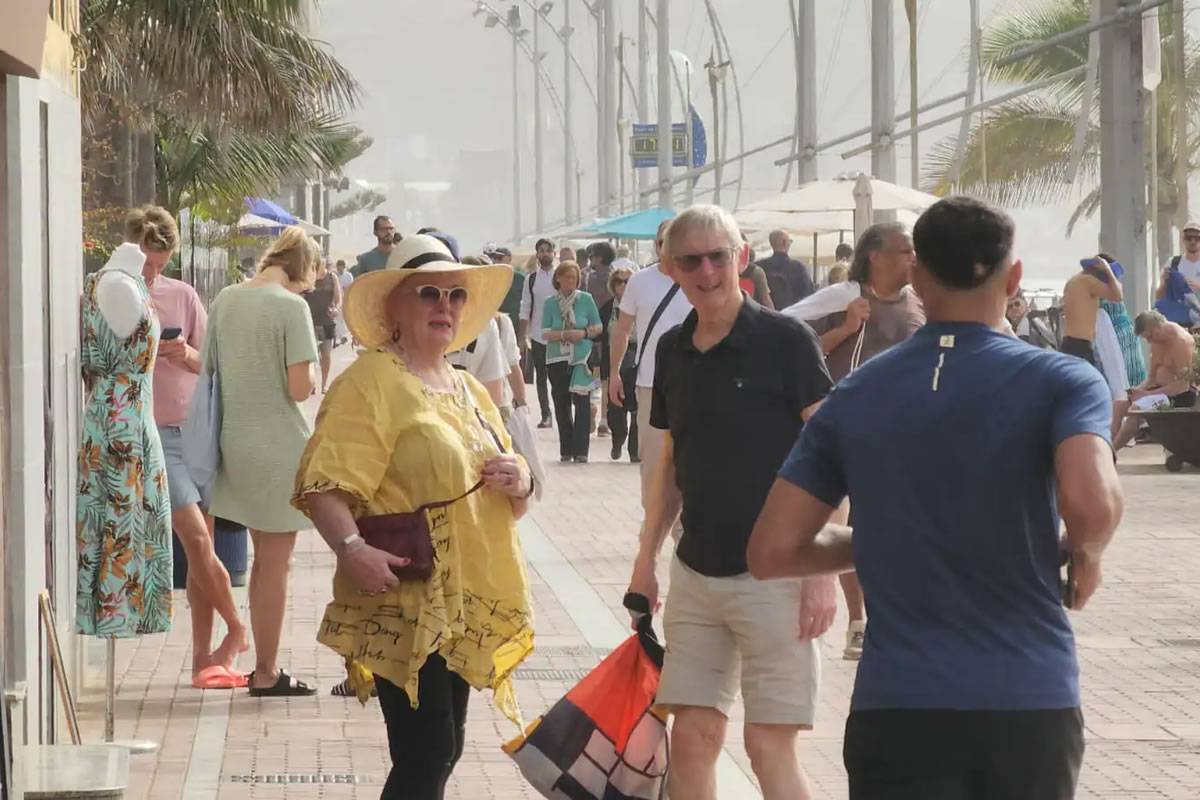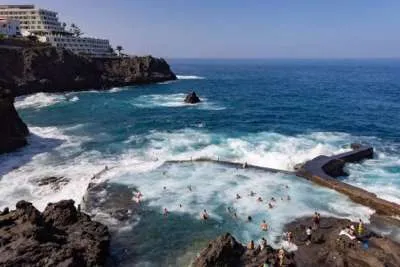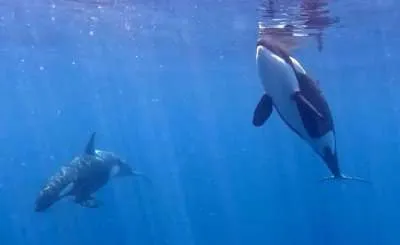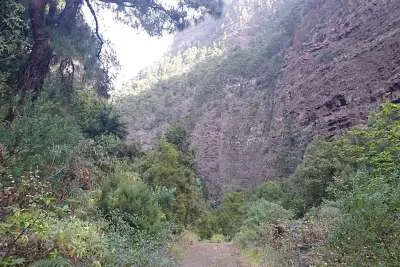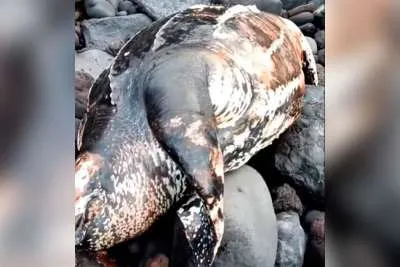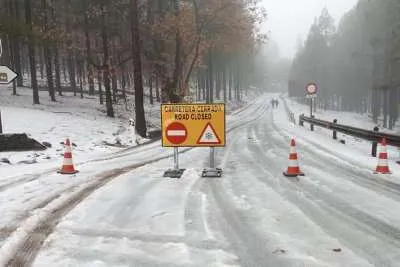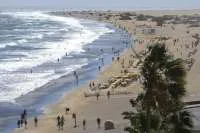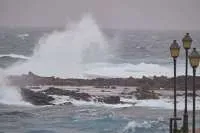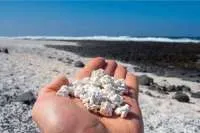Air quality classed as "extremely unfavourable" due to the calima
- 12-04-2024
- National
- AEMET .
- Photo Credit: C7
Temperatures reached 38.3°C in Tasarte in Gran Canaria at 3pm yesterday afternoon (Thursday), the highest temperature in the Canary Islands beating 38.0°C at Tenerife South Airport, 37.9°C in Adeje (Tenerife), 36.6°C in Pájara (Fuerteventura), and 36.4°C in Agaete.
Overall, the archipelago recorded the ten highest temperatures in the whole of Spain, all of them during the central hours of the day and mostly in inland or southern and southeastern slope localities, especially on Gran Canaria and Tenerife.
Today is expected to be slightly cooler, although the forecast from the State Meteorological Agency (Aemet) indicates that temperatures could exceed 34 degrees in inland areas of Fuerteventura, the southern half of Gran Canaria, and the western slope of La Palma.
Temperatures will experience a slight to moderate decrease in the eastern islands, except in the peaks of Gran Canaria, where there will still be slight increases. In Tenerife and the western islands, minimums are expected to slightly rise, more pronounced in the peaks, and highs to slightly decrease on coasts and inland, and slightly increase in peaks.
The Ministry of Health of the Canarian Government therefore maintains an orange alert for health risk due to high temperatures in Santa Lucía de Tirajana until Sunday, and San Bartolomé de Tirajana until today, Friday, with a yellow alert until Saturday for Mogán and La Aldea de San Nicolás, in Gran Canaria; Tuineje, Antigua, and Pájara, in Fuerteventura; and San Bartolomé, in Lanzarote.
The calima that has invaded the skies of the islands will continue to affect especially the southern and eastern slopes. Such is its intensity that on Thursday, air quality was classed as "extremely unfavourable" in several points of the Canary Islands, particularly in the east and south of Tenerife and Gran Canaria and in the capital of La Gomera.
The air quality index is considered extremely unfavourable when, among other possibilities, the so-called PM10 particles exceed 150 according to measurements from the Canarian government's monitoring network. Prolonged or repeated exposure to them can cause harmful effects on a person's respiratory system.
Poor air quality
In Tenerife, at 4:00pm yesterday, the PM10 level (solid or liquid particles of dust, ash, soot, metallic particles, cement, or pollen, dispersed in the atmosphere, with a diameter ranging from 2.5 to 10 thousandths of a millimetre) was 297 in Granadilla, 255 in San Isidro, and 241 in El Río.
At the same time, it reached 261 in Las Galanas, in San Sebastián de La Gomera, while in Gran Canaria, at 3:00pm, that indicator was 247 in Agüimes and 204 in Castillo del Romeral.
In many other points across various islands of the archipelago, the level of these particles made air quality on Thursday "very unfavourable" because they ranged between 100 and 150.
The Aemet's forecast for today, Friday, includes moderate northeast winds, with intervals of strong winds in habitual acceleration zones during the morning, tending to decrease from midday. In the peaks of the more mountainous islands, it will be light to moderate with variable direction, prevailing northwest at the end of the day.
Other articles that may interest you...
Trending
Most Read Articles

Featured Videos
A Vision of Elvis Tenerife Promo
- 10-05-2025
TEAs 2025 Highlights
- 17-11-2025


